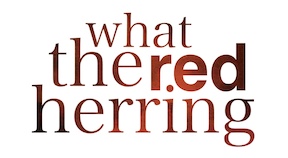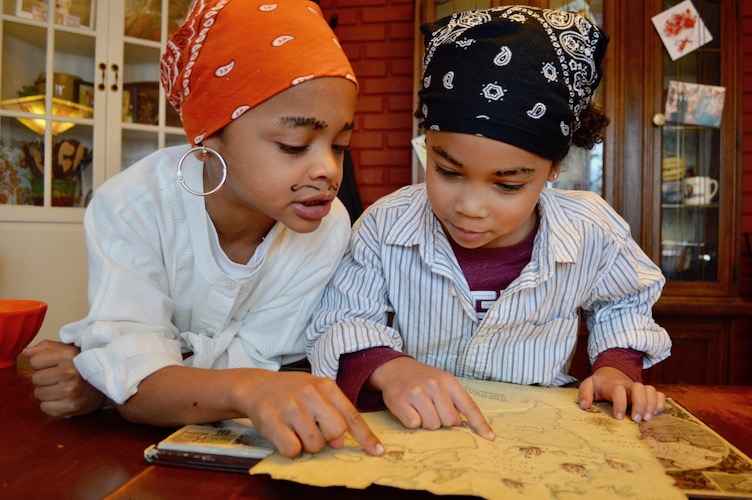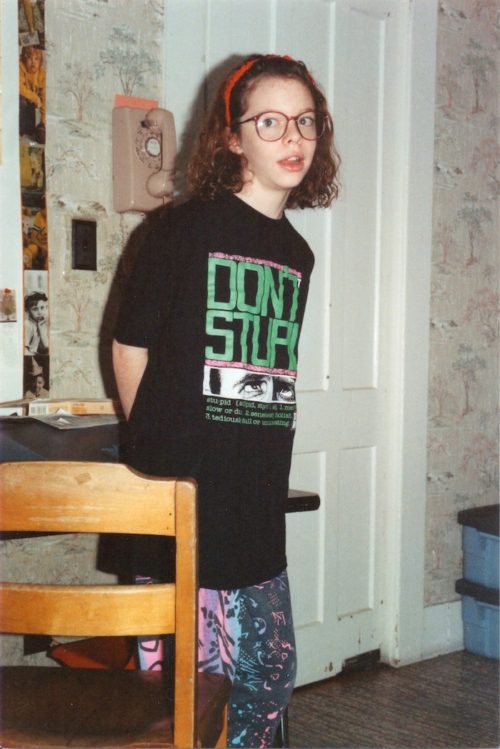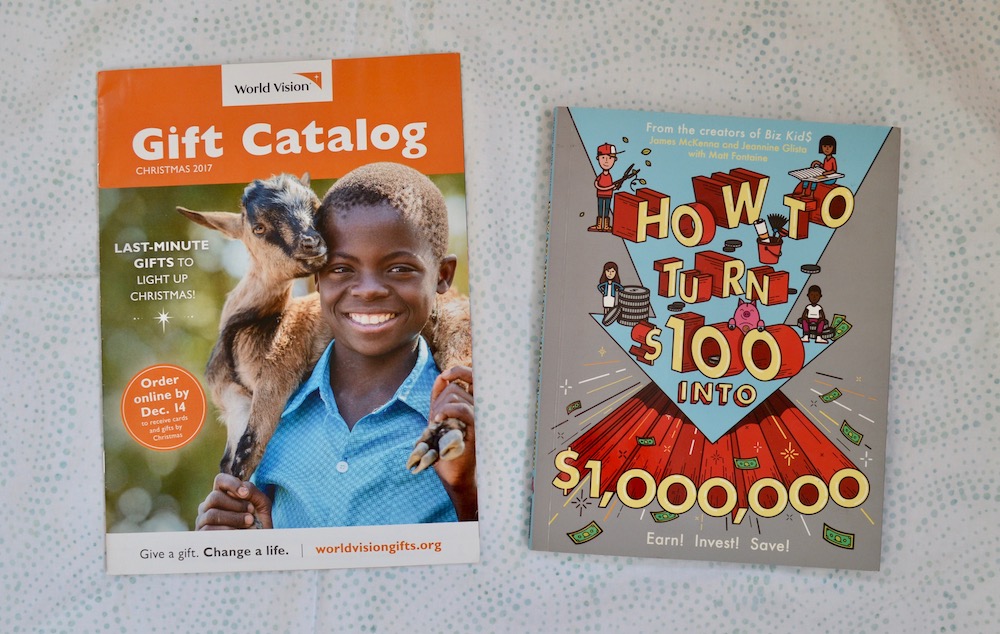My mom always told me I had a sensitive heart.
As a kid I was full of raw emotions and felt other people’s pain as my own. I cried freely when I saw others hurting and was easily moved.
The movie My Girl came out in 1991. I think I saw it the summer I was 12 or 13 – it was on VHS by then. *smile* I remember settling down in the living room of my grandma’s house to watch it one day with my cousins.
Halloween and I have a difficult past. I lived next door to a church growing up. We were regularly subjected to smashed pumpkins, raw eggs, and sometimes toilet paper.
The year I was seven was the last year I was allowed to Trick or Treat. After that, we didn’t “celebrate” Halloween anymore. We would close all our blinds and hunker down that night. We watched old musicals and ate candy. It became a tradition, and two other families joined us. We’d rotate houses, eventually ending up at the house of the family who lived furthest out in the country, and therefore got the fewest Trick-or-Treaters.
I grew up and had kids. I didn’t think much about Halloween, and my kids were too little to care.
Except One was in Pre-K at a Catholic school. And they did all kinds of seasonal activities. At the time, I was kind of shocked. Why were Christians celebrating Halloween? By then, I thought we didn’t. Among Evangelicals, it had kind of become a thing.
My kid learned what vampires were from that school, and I was pissed. I remember having an uncomfortable conversation with his teacher about it.
We started our own tradition of take-out pizza by candlelight on Halloween. I would watch the Trick-or-Treaters go by. There were lights on up and down the block. It was the only night most of our neighbors came out and talked to each other. I found myself wondering why we were staying out of it.
This is me at 13, just before this whole saga began.
Endocrinology and I first got to know each other when I was 13. When I hit puberty, my thyroid went completely nuts. While I ate loads of food, I remained a featherweight and my period started, then stopped. My eyes started to bug a little, a classic sign of hyperthyroidism, and on a visit to my grandma’s house that summer, she realized something was off and suggested my parents take me to the doctor.
This began a really difficult phase of my life.
It has always been important to me for my kids to grow up to be financially literate. Especially with today’s world, where experts are predicting kids are going to struggle just to have the same standard of living their parents have, let alone surpass it.
My goals are that my kids know how to budget and plan, and that they know how to give. To that end, we have regular conversations about our money and theirs. We are real with them about budgeting, and they see me entering my receipts into Every Dollar, a DR (Dave Ramsey) app that helps you budget and track spending. For our homeschool, we read How to Turn $100 into $1,000,000: Earn! Save! Invest!, by
Teaching my kids about philanthropy has been a little more challenging. Our kids know that we support a couple of kids through different organizations. They write letters to our sponsored kid in South America. But since most of our giving happens online, in the form of automatic monthly withdrawals, they aren’t really seeing it happening. And I don’t always think to talk to them about it.
Last Christmas, a family friend had a great idea for a gift for our kids that was both creative, and helped solve the problem of how to teach your kids about giving.







